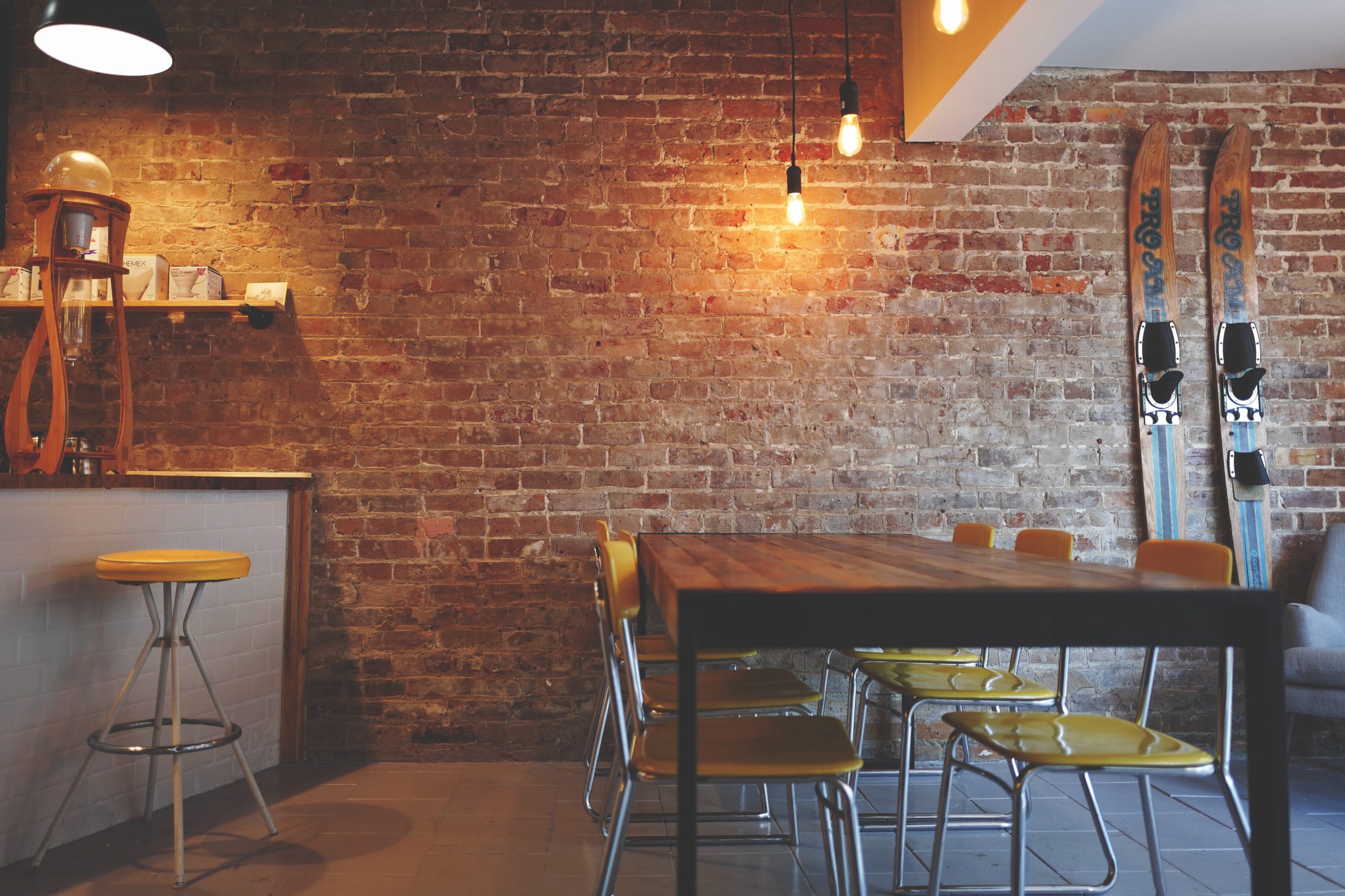- Removing Mold
- Removing Moisture
- Exterior Basement Waterproofing or Damp Proofing
- Installing a Sump Pump
Having your basement renovated is a big deal and can be really exciting! However, going from unfinished to finished does require some preparation. Unfinished basements often come with a lot of little problems that can’t simply be built over top of. Let’s check out some of the best ways you can prepare your unfinished basement for renovation.
Removing Mold
The first step to preparing an unfinished basement for renovation is removing any mold in the basement. After removing anything and everything stored in the basement, ensuring there’s nothing growing in it is vital. If you put flooring, wallpaper, or anything else over mold like a bandaid, it will continue growing and destroy your renovation work. That’s thousands of dollars down the drain.
Removing mold can be done in many ways. Check out our last article to see how you can do this for your basement.
Removing Moisture
Once you’ve removed any mold, it’s time to get rid of moisture. While tackling the source is best done in the next step, there’s one other thing you should be doing. Buy a dehumidifier and set it up in your basement. This will pull moisture from the air, ensuring there’s no condensation or damp that would allow more mold to grow. If your moisture issues are a bit bigger than stone walls with condensation, the next two steps are worth considering.
Exterior Basement Waterproofing or Damp Proofing
Exterior basement waterproofing and damp proofing are extremely important if you have moisture or leaks coming through the basement wall from the ground outside. Water in the soil surrounding your basement walls can often find its way through the stone. Not only does this cause moisture or leaks inside your basement, it also actively erodes your basement walls. That’s not great for the structure of your home.
When Leaquida Waterproofing does exterior basement waterproofing, we dig a trench around the basement walls. Next, we apply a liquid membrane that provides us a smooth surface for our solid membrane. This membrane completely blocks soil and water from touching your basement walls. Damp proofing is a similar process without the solid membrane, for problems that are more “moist” than “leak.”
A lot of people are under the false assumption that you can just fill in wall cracks with epoxy or something from the inside. This is actually a really bad idea. Filling in cracks in your basement walls from the inside traps water in the walls. The moisture from the soil can still get into the walls, it just won’t be able to get out on the inside. This water is then free to erode, freeze, expand, and more, causing even more damage to your walls.
Installing a Sump Pump
If you have moisture or water coming up from the floor or ground in your basement, you need a sump pump. Preparing an unfinished basement with a sump pump will prevent mold from growing underneath your new floors. It will also prevent water damage to said floors. Learn more about sump pumps here.

 CLOGGED OR BROKEN WEEPING TILE
CLOGGED OR BROKEN WEEPING TILE